Is Climbing Kilimanjaro Safe ?
It is perfectly safe to Climb Kilimanjaro! But only if you are educated on the risks involved with the climb and how to avoid them. The answer to Is Climbing Kilimanjaro Safe comes down to knowing about altitude illnesses, the importance of a good tour operator and guide, and the precautionary measures. We will discuss it all in this read.
It’s important to point out that the purpose of this post is not to scare climbers but to inform them thoroughly. At African Scenic Safaris, it is our policy to make safety our priority. We want everyone to know how to safely have a Mount Kilimanjaro Climbing expedition.
Why Must Kilimanjaro Safety Come First
Before we go over the main reasons for a Safe Kilimanjaro Hike, let’s first see why safety always comes first on the mountain:
Remote Location
While on your Kilimanjaro Climb, you’ll be in a remote location. This means that if any unforeseen circumstance takes place, or if you become sick, there’s no hospital nearby. Thus, you’ll need to descend before you are driven to a hospital.
When you choose to climb with a reputable operator like us, the mountain crew will be trained to effectively respond to any kind of accident or illness.
Unpredictable Weather
In the arctic zone of Kilimanjaro, the temperature often drops to below freezing. During night time it can be very icy and windy with chances of snowfall too.
Hence, having the right clothing essentials, and equipment is necessary against unpredictable weather. We have a comprehensive Kilimanjaro Gear List here - https://africanscenicsafaris.com/kilimanjaro-packing-list.
Main Reasons To Have Safety For Climbing Kilimanjaro
Altitude-related illnesses are the primary reasons why you need to have safety for a Mount Kilimanjaro Climbing expedition. We’ve explained all the altitude-related illnesses below:
Acute Mountain Sickness (AMS)
AMS happens when an individual’s body fails to acclimatize properly when they climb higher altitudes. This is because there’s less oxygen at higher altitudes. Thus, your body needs time to adjust to the lower oxygen intake. The following are some symptoms of Acute Mountain Sickness:
To prevent AMS, the following precautionary measures should be taken:
Gradual Ascent-Climbers should allow for gradual acclimatization by ascending slowly, typically no more than 300-500 meters per day.
Staying Hydrated-Drinking plenty of fluids helps prevent dehydration, a common trigger for AMS.
Proper Nutrition-Consuming a balanced diet helps maintain energy levels and supports the body's adaptation to high altitude.
Key Note – At any point of time during your Mount Kilimanjaro Climbing journey you feel any symptoms, you need to tell your guides. This way they can ensure that all the proper safety measures can be taken.
High Altitude Pulmonary Edema (HAPE)
HAPE is when fluid builds up in the lungs and prevents oxygen from getting around in the body. Symptoms include shortness of breath, chest tightness, fatigue, weakness, coughing, and confusion.
High Altitude Cerebral Edema (HACE)
HACE is when the brain tissue swells up with fluid and leaks through the blood-brain barrier. Symptoms of HACE include fatigue, confusion, weakness, memory loss, nausea, and ataxia.
Heart Attacks
A Kilimanjaro Hike is a physical challenge so if you have any heart-related issues, then make sure to get a complete health checkup so that you won’t be at a risk of heart attacks.
Rock Falls
Most of the Kilimanjaro Climbing Routes are safe to traverse, though the Western Breach Area has a risk of rock falls. Thus, we would advise you to not go for the Western Breach Route.
Handy Info – It’s also strongly recommended to take precautions against malaria (like anti-malarial tablets) and Yellow Fever (by getting vaccinated) before your Kilimanjaro Trek.
Other Dangers While Climbing Kilimanjaro
Besides the altitude-related illnesses we mentioned above, you should also be well-equipped for the following dangers:
- Hypothermia (loss of heat due to extreme cold)
- Avalanches (Landslides)
- Cold and Respiratory Infections
- Twisting your Ankles
- Tropical diseases like typhoid and malaria
Worth Noting – It is important to recognize the symptoms and prioritize safety by seeking prompt medical attention if these conditions arise.
How To Stay Safe On Your Hike Up Kilimanjaro?
Here are some essential tips for Tourist Safety in Kilimanjaro:
Choose experienced Kilimanjaro operators – Select reputable tour operators with experienced guides who prioritize safety and are familiar with the mountain's challenges.
Our team at African Scenic Safaris will ensure your utmost safety on the mountain. This is because we are:
- A Climbing operator with specific expertise in Kilimanjaro
- A team that has knowledgeable guides that know how to deal with altitude sickness.
- An operator possessing all the essential Kilimanjaro Safety Equipment.
Carry the Right Equipment – Pack essential gear such as proper hiking boots, trekking poles, sun protection, layered clothing, and electrolyte tablets to combat changing weather conditions.
Drink Enough Water – Stay hydrated by drinking plenty of water throughout the climb to prevent dehydration and altitude-related illnesses.
Carry a First-Aid Kit – Be prepared for minor injuries by bringing a well-stocked first-aid kit, including bandages, pain relievers, and altitude sickness medication.
Check your Oxygen Saturation – Monitor your oxygen levels using a pulse oximeter to ensure you are acclimating well and detect any potential altitude-related issues.
Weight train before your climb – Strengthen your muscles and improve endurance through weight training exercises, focusing on legs, core, and cardiovascular fitness, to prepare for the physical demands of the climb.
By following these safety measures, you can enhance your chances of Safety on Kilimanjaro, resulting in a memorable and fulfilling experience.
Why A Qualified & Experienced Tour Operator Is Essential?
Safety and Expertise – Qualified tour operators have experienced guides who are well-versed in Kilimanjaro Health & Safety measures. They are equipped to handle emergencies, ensuring a secure and well-guided climb.
Proper Planning and Logistics – Experienced tour operators have in-depth knowledge of the mountain's routes, weather conditions, and necessary permits. They can plan the itinerary effectively, considering acclimatization, rest days, and the best time to climb.
Local Connections and Support – Established tour operators have strong connections with local communities and support staff, ensuring reliable and efficient services during the climb. They can provide insights into the local culture, hire skilled porters, and organize accommodations, allowing climbers to focus on the ascent.
Why Choose Scenic for Your Climb –
The guides we have at African Scenic Safaris have undergone hours of training to obtain their Wilderness First Responder (WFR) certification. This ensures the highest Kilimanjaro Safety standards.
Don’t Forget These Before Planning Your Kilimanjaro Hike
The following two aspects should never be forgotten when it comes to Kilimanjaro Health & Safety. It’ll ensure that you don’t leave anything up to chance:
Travel Insurance – This will back you up in case any unforeseen circumstances arise such as trip cancellations/interruptions/delays, lost baggage, illnesses, evacuation, etc.
Medication and Vaccinations – They will help in Prevention and managing altitude-related illnesses, such as altitude sickness and pulmonary edema. And, ensure the overall well-being and health of climbers, allowing them to safely navigate the challenges of the climb.
Climbing Kilimanjaro can be safe with proper preparation and adherence to safety measures. However, risks exist, and understanding the importance of knowledgeable guides and thorough planning is vital to ensure a successful and secure ascent to the majestic peak!
Who Should Avoid Climbing Mount Kilimanjaro?
At African Scenic Safaris, we consider it our duty, to be frank in our Kilimanjaro Climbing dealings, even if it means that we don’t end up selling the Kilimanjaro Climbing Packages. Truthfully, the hike isn’t suitable for everyone. Here are different categories of individuals that should avoid climbing Kilimanjaro:
Individuals with Pre-existing Health Conditions – Those with heart or respiratory problems, high blood pressure, or other serious medical conditions should consult with their healthcare provider before considering Kilimanjaro, as the altitude and physical demands may exacerbate their condition.
Individuals with a History of Severe Motion Sickness – The trek up Kilimanjaro involves navigating steep and uneven terrain. Those who have a severe history of motion sickness may find the constant movement and changes in elevation challenging and uncomfortable.
Individuals with a Fear of Heights or Vertigo – Climbing Kilimanjaro involves traversing narrow paths and exposed sections. Individuals with a strong fear of heights or vertigo may find these sections overwhelming and may not enjoy the experience.
Safeguarding the Mount Kilimanjaro Climb!
That about wraps up our Safety Guide for Kilimanjaro Climbs. With proper preparation, experienced guides, and adherence to safety protocols, you can answer the question of is Climbing Kilimanjaro Safe. Hence, follow the recommended guidelines to maximize the chances of a successful and secure climb.
Explore Kilimanjaro Travel Guide
Find essential topics below to help you plan, prepare, and enjoy your Kilimanjaro travel experience fully.
Climb Kilimanjaro With Us
Get ready for a mountain adventure with real advice, smiling guides, and simple help that actually works. We’re with you from start to summit.
Frequently Asked Questions
The risks involved in a Mount Kilimanjaro Climbing adventure include trekking in a remote region, unpredictable weather, and high altitude-related illnesses.
The main Kilimanjaro Health & Safety concerns include Acute Mountain Sickness (AMS), hypothermia, cold and respiratory infections, etc.
Climbing Mount Kilimanjaro is generally safe, but it carries risks due to altitude and extreme weather conditions. Hiring experienced guides and following safety protocols is essential.
Weather conditions on Kilimanjaro can be unpredictable and vary throughout the climb. Be prepared for cold temperatures, strong winds, and potential rain or snowfall.
Altitude-related risks, such as acute mountain sickness (AMS), are common on Kilimanjaro. It is crucial to acclimatize properly, ascend gradually, and recognize symptoms of AMS to ensure safety.
Safety measures are in place on Mount Kilimanjaro, including ranger stations, emergency oxygen, and first aid kits. Guides are trained in mountain rescue techniques and communication devices are available.
Experienced guides are available for climbing Mount Kilimanjaro and are highly recommended. They provide essential knowledge, support, and help ensure Kilimanjaro Tourist Safety.
Training for Kilimanjaro should include cardiovascular exercises, strength training, and hiking to prepare your body for the physical demands of high-altitude trekking.
Kilimanjaro Rescue & Safety services are available in case of emergencies. Helicopter evacuations and medical support can be arranged, but it's important to have travel insurance that covers such situations.
When packing for a Kilimanjaro climb, include essential Kilimanjaro Safety Equipment like sturdy hiking boots, warm clothing layers, headlamps, sunglasses, sunscreen, and a first aid kit.
While it's possible to climb Kilimanjaro alone, joining a guided group is safer and recommended. Group climbs provide support, experienced leaders, and help in case of emergencies.
The best times to climb Kilimanjaro in terms of safety are during the dry seasons: January to mid-March and June to October. These months typically have better weather conditions and higher chances of a successful climb.
Simbo Natai, founder of African Scenic Safaris, crafts sustainable, meaningful Tanzanian journeys rooted in his deep local knowledge and passion.
Director






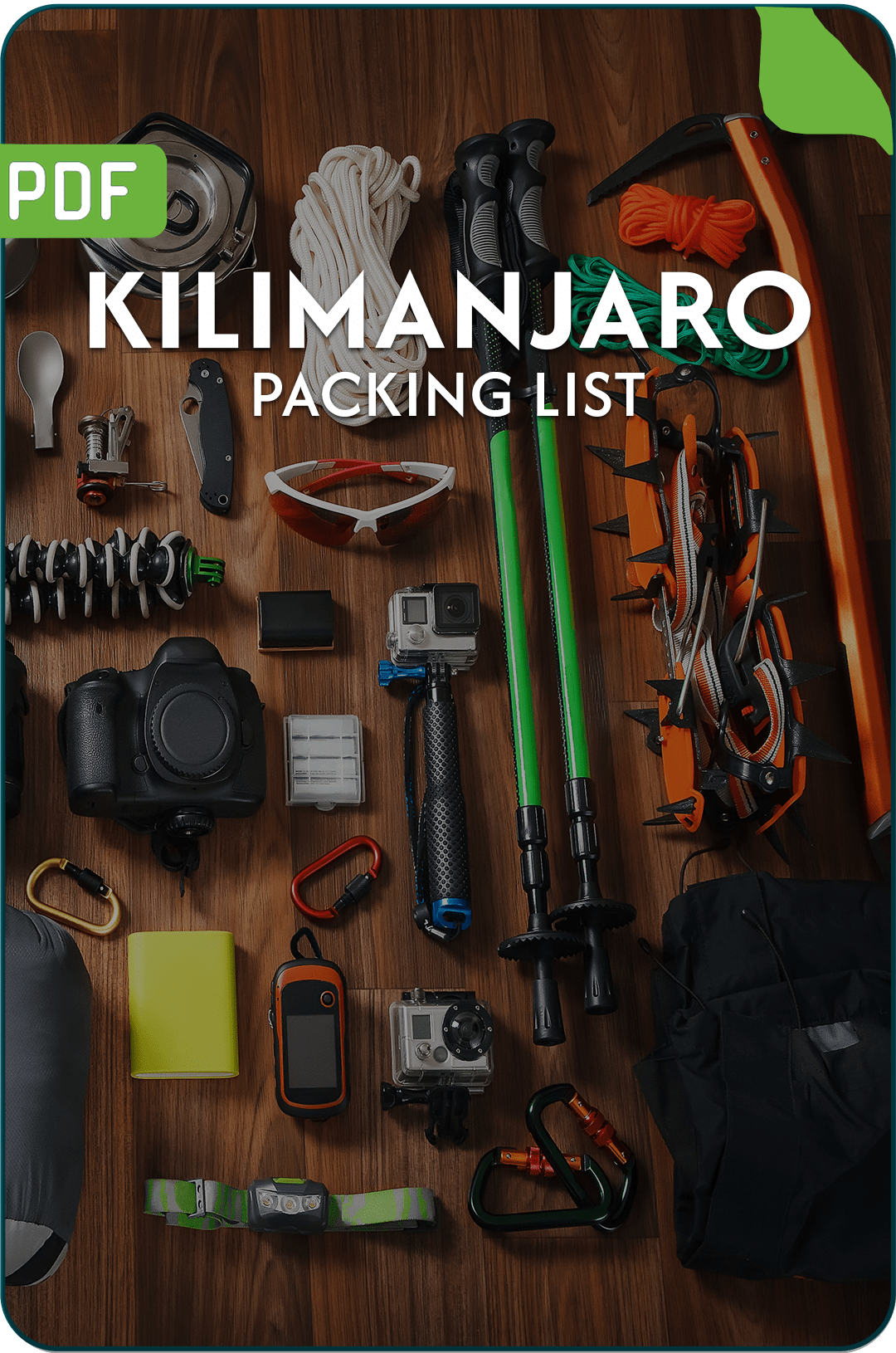
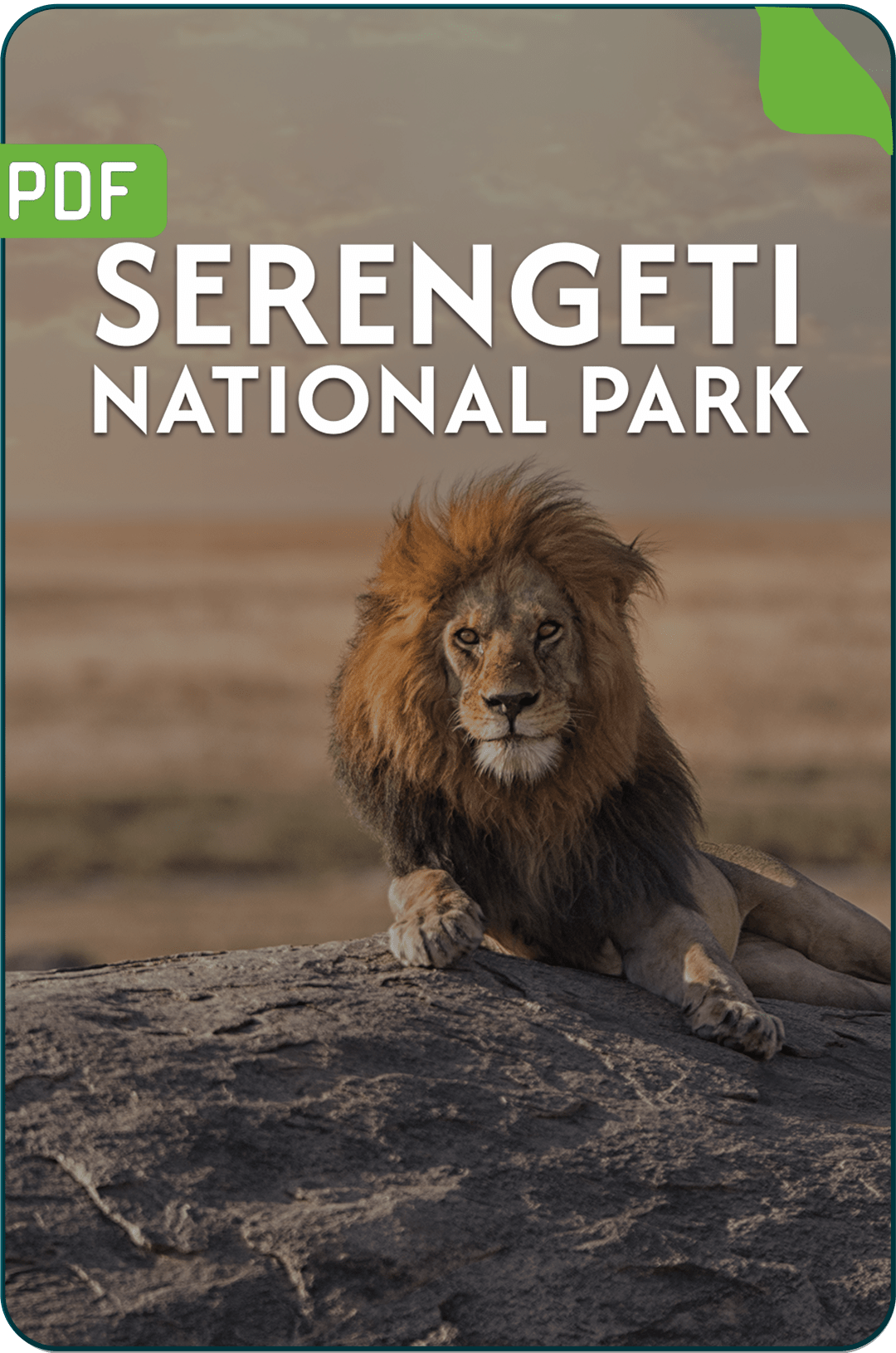

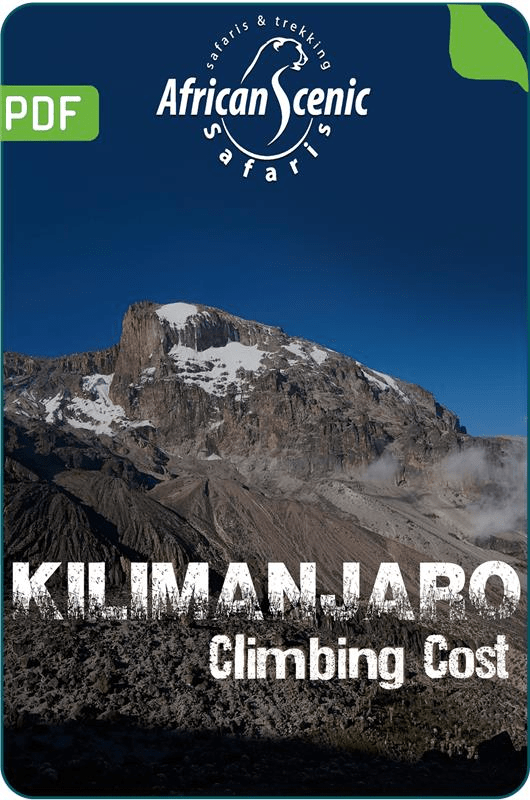






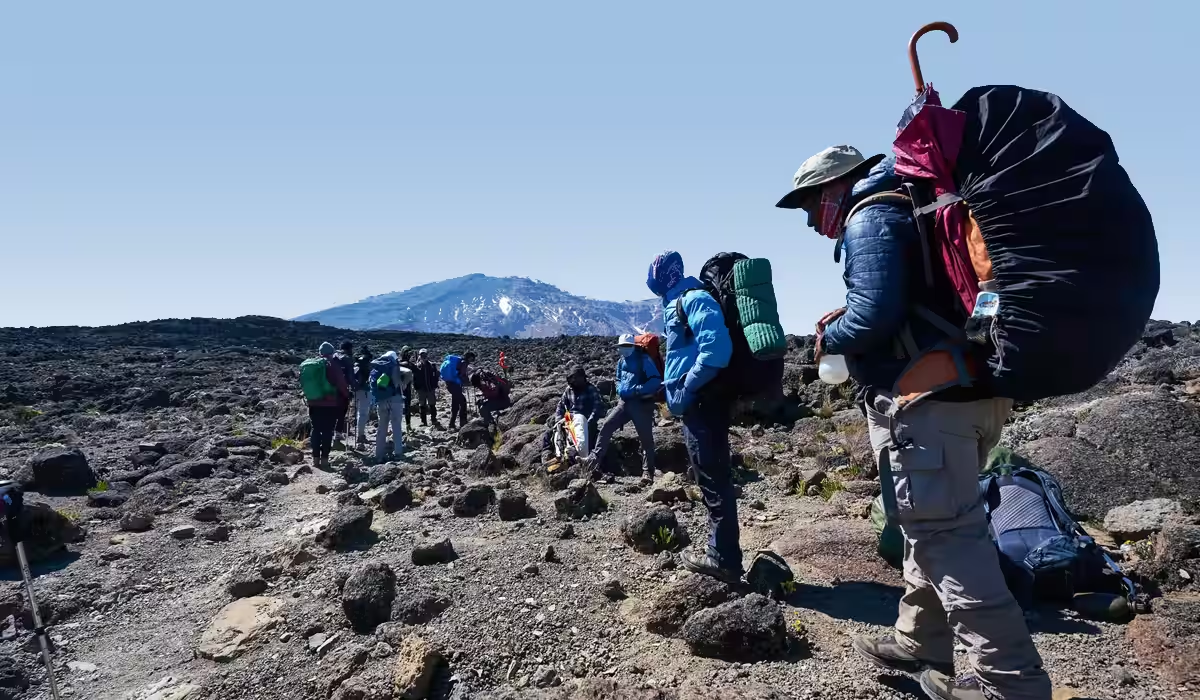


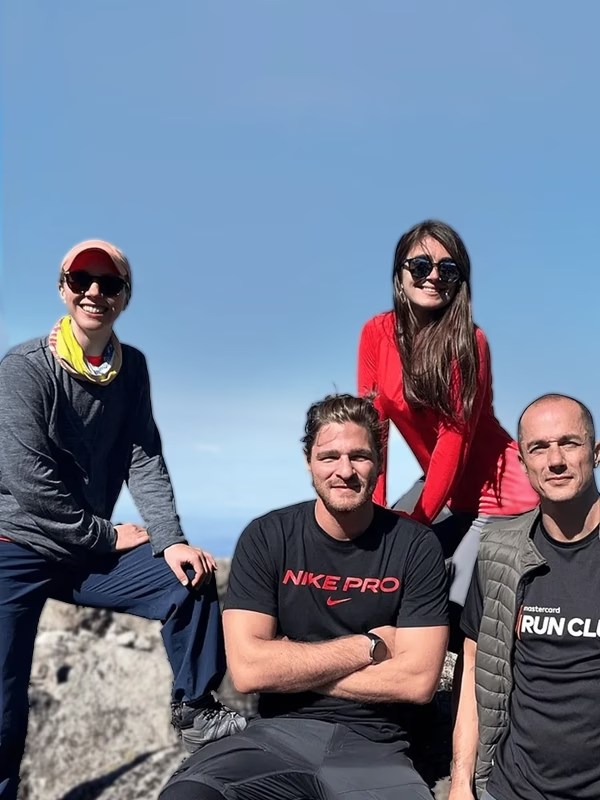






 African Scenic Safaris #1 on TripAdvisor
African Scenic Safaris #1 on TripAdvisor 




